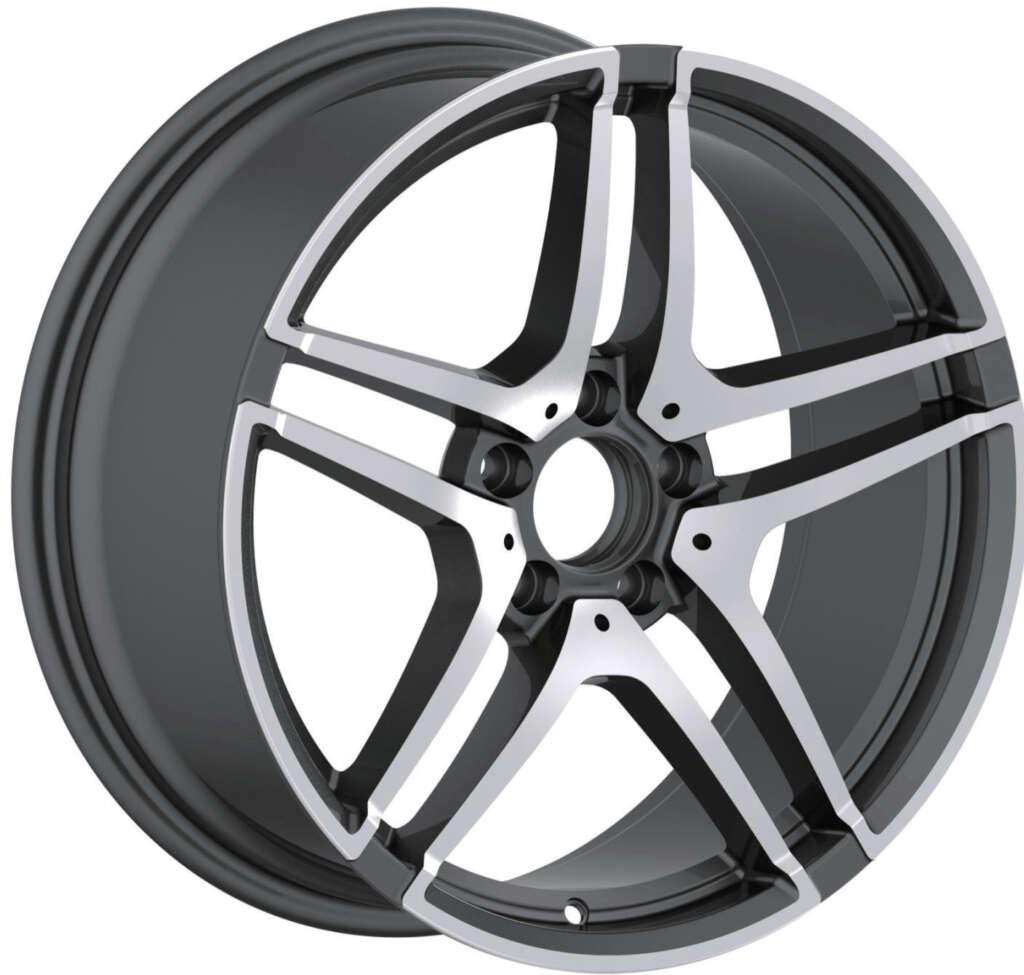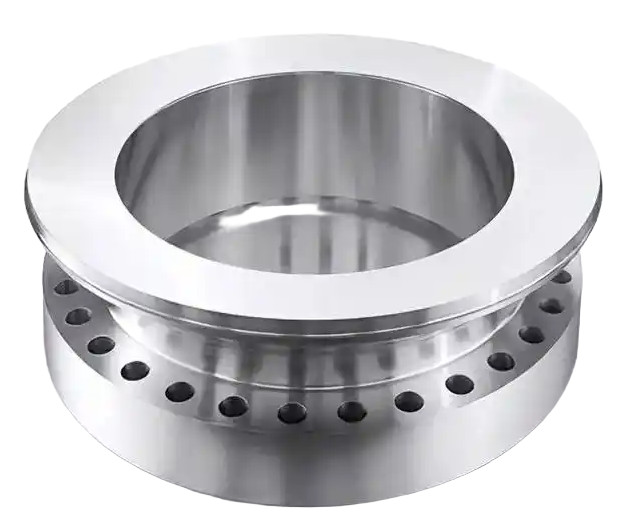Wrought alloys are metals shaped through mechanical processes like rolling, forging, or extrusion, resulting in enhanced strength, ductility, and tailored properties. This article provides a detailed, technical overview of wrought alloys, including their composition, processing methods, properties, and applications in engineering. It includes specific parameters for clarity and is structured to offer a systematic understanding of these materials.
Definition and Characteristics of Wrought Alloys
Wrought alloys are metal alloys that undergo hot or cold deformation processes to achieve desired shapes and properties. Unlike cast alloys, which are formed by pouring molten metal into molds, wrought alloys are mechanically worked to refine their microstructure, reducing defects like porosity and improving mechanical properties such as tensile strength and toughness. The deformation processes introduce lattice defects, such as dislocations and grain boundaries, which enhance strength but may reduce thermal conductivity due to dynamic precipitation and anisotropy.
Key characteristics include high ductility, improved fatigue resistance, and the ability to be formed into complex shapes. Wrought alloys are typically homogenized before deformation to ensure uniform composition, which is critical for consistent performance in demanding applications.
Types of Wrought Alloys
Wrought alloys encompass a wide range of metals, with aluminum, copper, and steel alloys being the most prominent in engineering applications. Each type has distinct compositions and properties tailored to specific uses.
Aluminum Wrought Alloys
Aluminum wrought alloys are lightweight, corrosion-resistant, and widely used in aerospace, automotive, and structural applications. They are classified into series based on their primary alloying elements, as outlined in the table below.
| Series | Alloying Element | Key Properties | Applications |
|---|---|---|---|
| 1XXX | Pure Aluminum (99%+) | High corrosion resistance, excellent conductivity | Electrical conductors, chemical equipment |
| 2XXX | Copper | High strength, heat-treatable | Aerospace structures, aircraft skins |
| 6XXX | Magnesium, Silicon | Good formability, corrosion resistance | Automotive parts, architectural extrusions |
| 7XXX | Zinc | Very high strength, heat-treatable | Aircraft frames, high-stress components |
The temper designation system (e.g., T6 for solution heat-treated and artificially aged) further defines the mechanical properties of aluminum alloys, indicating processes like annealing or age-hardening.
Copper Wrought Alloys
Copper wrought alloys, such as brasses and bronzes, are valued for their electrical and thermal conductivity, corrosion resistance, and formability. Common brasses (copper-zinc alloys) contain 2–40% zinc, with additives like lead for machinability or tin for corrosion resistance. Nickel-silver alloys (8–20% nickel) offer enhanced strength and a metallic white color, used in electrical connectors and hardware.
Steel Wrought Alloys
Wrought steel alloys, including carbon and stainless steels, are processed to achieve high strength and toughness. Austenitic stainless steels (e.g., 304, 316) may contain up to 20% ferrite in cast forms, but wrought versions are fully austenitic after tempering, improving weldability and resistance to stress corrosion cracking.
Processing Methods for Wrought Alloys
The mechanical working of wrought alloys involves several processes, each influencing the final properties of the material. These processes are designed to refine grain structure and eliminate casting defects.
Rolling
Rolling involves passing metal through rollers to reduce thickness or shape it into sheets, plates, or bars. Hot rolling, performed above the recrystallization temperature, enhances formability, while cold rolling increases strength through work hardening. For example, aluminum alloy 6061 is often cold-rolled to achieve a T6 temper, yielding a tensile strength of approximately 310 MPa.
Forging
Forging uses compressive forces to shape metal, typically at high temperatures. It produces parts with superior strength due to aligned grain flow. For instance, forged 7075 aluminum alloy components used in aircraft have a yield strength of around 503 MPa.
Extrusion
Extrusion forces metal through a die to create complex cross-sectional shapes, such as tubes or structural profiles. Aluminum alloy 6063 is commonly extruded for architectural applications, offering a balance of strength (yield strength ~214 MPa in T5 temper) and corrosion resistance.
Drawing
Drawing pulls metal through a die to produce wires or rods, enhancing tensile strength. Copper alloy C11000, used in electrical wiring, achieves a tensile strength of 220–250 MPa after drawing.
Mechanical and Physical Properties
Wrought alloys exhibit superior mechanical properties compared to cast alloys due to their refined microstructure. The following parameters highlight key properties for select alloys:
| Alloy | Tensile Strength (MPa) | Yield Strength (MPa) | Elongation (%) | Density (g/cm³) |
|---|---|---|---|---|
| Aluminum 6061-T6 | 310 | 276 | 12 | 2.70 |
| Brass C26000 | 400 | 300 | 25 | 8.53 |
| Stainless Steel 304 | 515 | 205 | 40 | 8.00 |
These properties make wrought alloys suitable for applications requiring high strength-to-weight ratios, corrosion resistance, or electrical conductivity. For example, aluminum 6061-T6 is favored in aerospace for its lightweight and fatigue resistance, while brass C26000 is used in plumbing fittings due to its formability and corrosion resistance.
Applications in Engineering
Wrought alloys are integral to various industries due to their tailored properties. Below are key applications:
Aerospace
Aluminum alloys like 2024 and 7075 are used in aircraft structures due to their high strength and low density. For example, 7075-T6 is employed in wing spars, with a fatigue strength of ~160 MPa after 10^7 cycles.
Automotive
Wrought aluminum (e.g., 6061, 6063) and steel alloys are used in chassis, body panels, and engine components. Aluminum 6061 reduces vehicle weight, improving fuel efficiency, while high-strength steel enhances crash resistance.
Electrical and Electronics
Copper alloys like C11000 and nickel-silver alloys are used in wiring, connectors, and switches due to their high electrical conductivity (up to 100% IACS for pure copper) and corrosion resistance.
Construction
Aluminum 6063 extrusions are used in window frames and structural beams, offering corrosion resistance and aesthetic appeal. Stainless steel 316 is used in coastal structures for its resistance to chloride-induced corrosion.
Considerations in Wrought Alloy Selection
Selecting a wrought alloy requires balancing mechanical properties, cost, and environmental factors. For example, aluminum 7075 offers high strength but is prone to stress corrosion cracking in certain tempers, requiring careful heat treatment. Copper alloys with lead (e.g., C36000) improve machinability but raise environmental concerns due to lead content. Stainless steel 304 is cost-effective but less resistant to pitting corrosion compared to 316 in marine environments.
Processing constraints, such as the need for precise temperature control during heat treatment, can also affect alloy performance. For instance, over-aging aluminum 6061 during T6 tempering can reduce its yield strength by 10–15%. Engineers must consider these factors to ensure optimal performance and longevity.

Conclusion
Wrought alloys are critical materials in engineering, offering superior mechanical properties through processes like rolling, forging, and extrusion. Aluminum, copper, and steel alloys each serve unique roles in aerospace, automotive, electrical, and construction applications. By understanding their composition, processing methods, and properties, engineers can select the appropriate alloy for specific requirements, ensuring performance and reliability.
